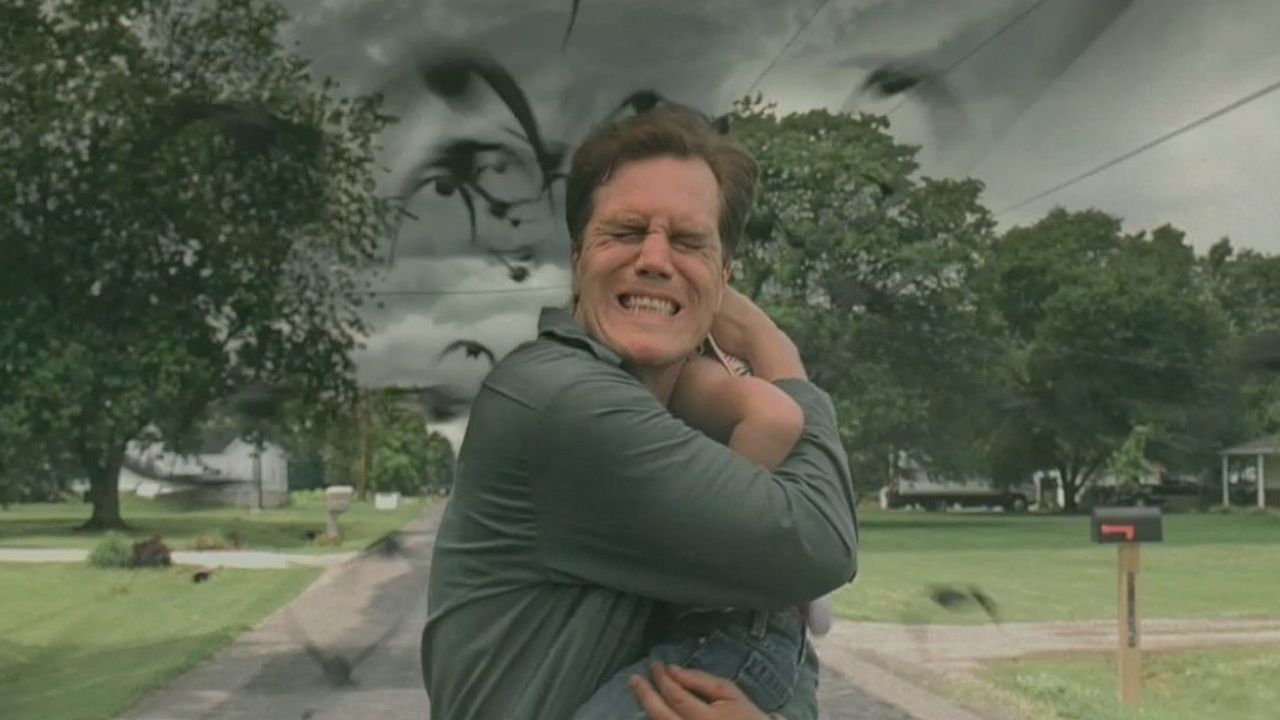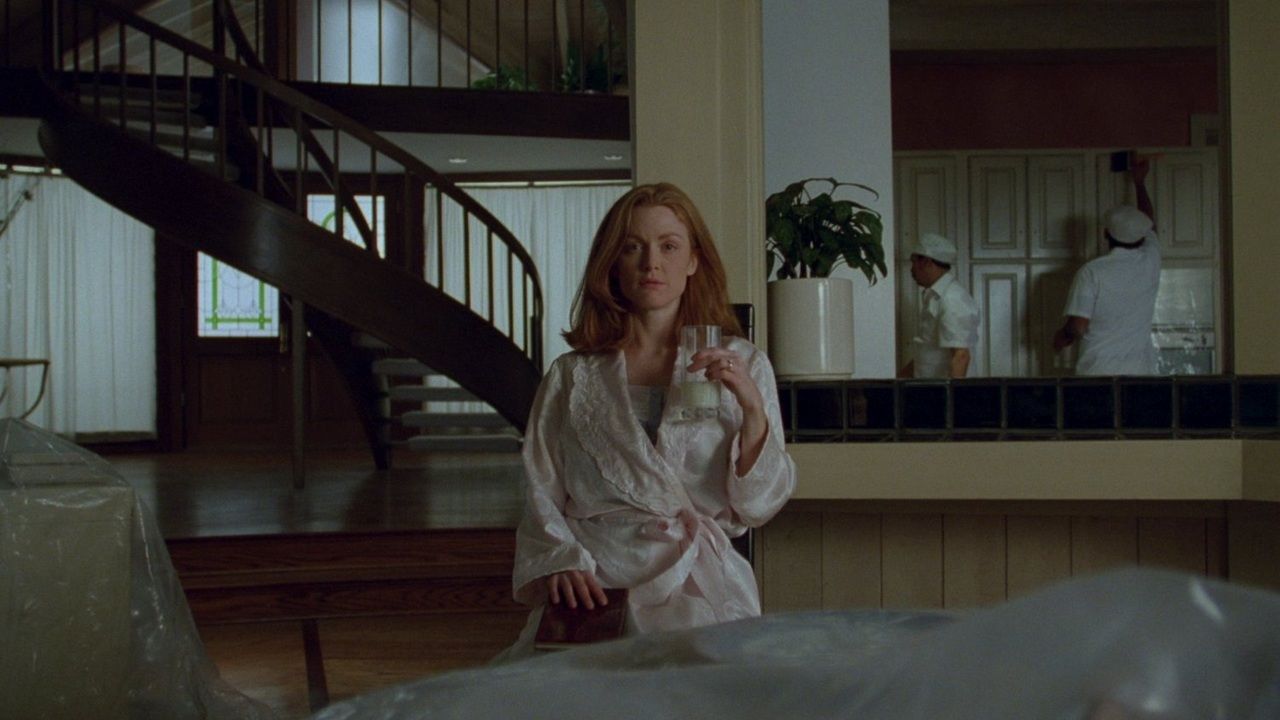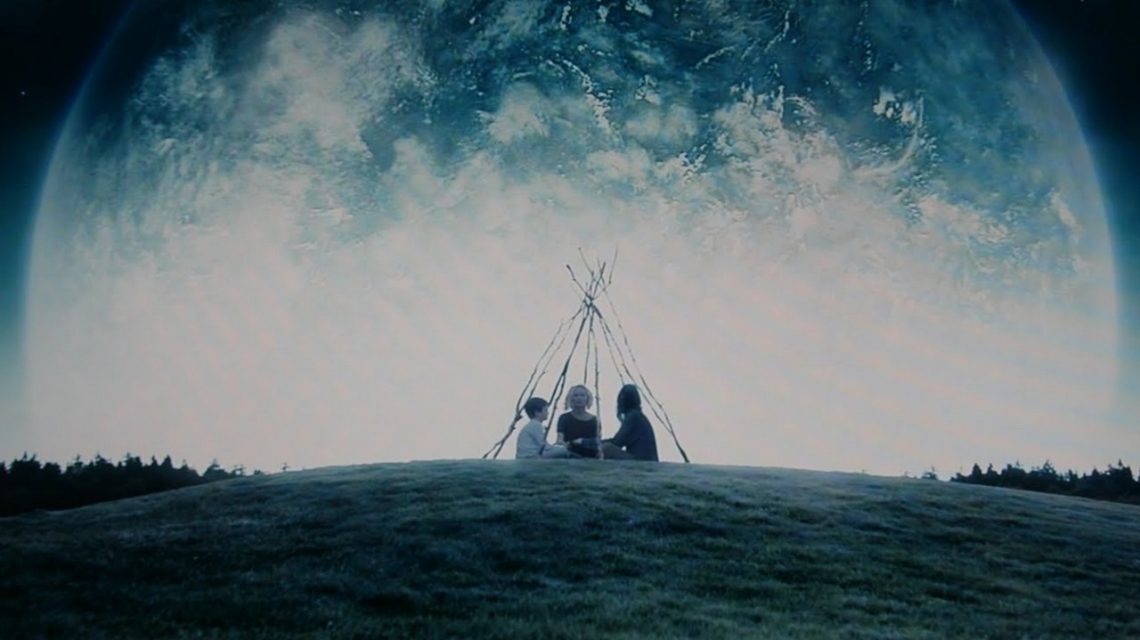Melancholia, Take Shelter, Safe
Abstract
TThis chapter analyses films that associate certain mental illnesses such as depression or schizophrenia with environmental disaster although in different ways and to different extent. The cosmic catastrophes in Trier’s Melancholia and Nichols’ Take Shelter symbolize the same environmental scenario in a hyperbolic way compered to the rather realistic representation of allergy or ‘environmental’ illness in Haynes’ Safe. The same is true for the ‘hysteria’ of the heroine of the latter film: when developing her ‘environmental illness’, the apathic heroine of Safe starts to behave as if she was possessed, and therefore her ‘chemical sensitivity’ seems to be connected both to paranormal sensitivity and the prophecy evoked in the other two movies. The analyses of the films aim at exploring the environmental criticism inherent in this interconnection along with the necessity and social-political importance of such eco-criticism. An ecofeminist approach may well demonstrate that the films draw a connection between the patriarchal structure that silences and disciplines women and (post)industrial capitalism that destroys and exploits ecosystems, so these two macrostructures are presented as two aspects of the same power mechanism. Madness portrayed in the movies appears as a physical resistance to the forces of power, the reaction of the body against the order that tries to rule (and ultimately destroy) it.
Shots from Chapter 6:

“T
he vines pulling back Justine to her dream can be attributed to the growing gravitation of melancholia, which clearly symbolizes the difficulties she has with complying to the expectations of her family as well as her decreasing strength to conform — that is, her depression (the modern term for ‘melancholy’). The planet Melancholia that slipped out from its orbit and left its place in the Scorpio can easily be associated with Justine who on her wedding day also stepped out of the system that predefined her position, but at the same time she cannot imagine an alternative way of life outside of her ‘orbit’ beyond self-destruction (symbolized by the end of all life due to the impact of Melancholia). (…) The archetypal association between femininity and nature helps to see the connection between the conventionally feminine Earth and her rampant, wayward doppelganger planet as the projection of Justine’s inner conflicts.” (p. 244)


„In current ecocritical studies the philosophical principles that helped to create the English landscape garden are not considered as positive as they might appeared for the Romantic thinkers when drew a comparison to the French antecedents. How can a piece of nature be treated as natural when it is a private property intended to demonstrate the power and taste of its owner? (…) Indeed, landscape gardens are not what they would be if left alone; they rather imitate the antique landscapes imagined on the basis of famous paintings. The artificially built brooks and the giant trees that are designed to appear ‘suddenly’ in sight represent the wild and enormous powers that are appropriate for symbolizing the concept of the Sublime — symbolizing it in an appropriately tamed way. The basic concept is that such a perspective would enable the viewer to see all the beauties and fascinating things placed at a particular location, in this way promoting the dominance of the human gaze, while at the same time securing the safety of the viewer, which would be more difficult in a real natural setting. The modern agrotechnological power therefore exerts control over nature in an apparently less violent way, but in reality it is only a more sophisticated type of control than in the case of the closely trimmed French gardens — the same as it happened with human nature through the development of modern governmentality as interpreted by Michel Foucault.” (p. 246)

“If Curtis is not schizophrenic but has paranormal abilities, this may mean that he is more sensitive to the environmental processes in which all living things take part. According to Stacy Alaimo we should not speak of ‘independent bodies’ any more: bodies are always part of a greater system, an organ of a transcorporal organization. In this sense the body of Curtis is not possessed by a spiritual power, rather, it is Nature that takes possession of — or re-occupies — Curtis’ mind. (…) In this film nature is responsible for the incitement of the body’s resistance to the prevalent social order.” (pp. 252-253)

“What is called the ‘burden’ of the immune system in Safe may be in reality the lack of a real burden. The problem may be the modern superfluity of certain functions of the biological defence mechanism within the body, a stress caused by idleness. If this is so, is it not strange that — as feminist approaches highlight — Carol’s ‘psychological’ burden as a rich housewife is similar? She does not do anything important, she cannot find meaning in her life, which she herself calls ‘stress’. In a nicely composed scene Carol sits at the centre of the picture on a chair and sips milk in an almost completely motionless way for a rather long time, while people (servants) are working busy and noisily outside the frame. (…) The interior represents the purified, sterilized body kept in a bubble, closed off from its natural environment (including bacteria, viruses and parasites), while the immune system of the body is embodied by Carol herself, who cannot do her work because others do it for her, and who is so bored that even an innocent milk protein is able to irritate her. All in all, the parallel between Carol and her own inert immune system may be an important point of an ecofeminist interpretation.” (p. 265)




